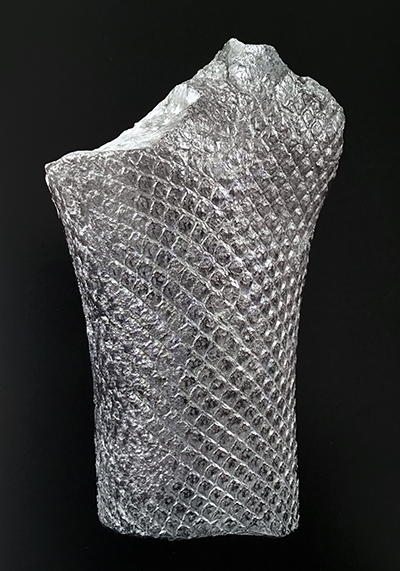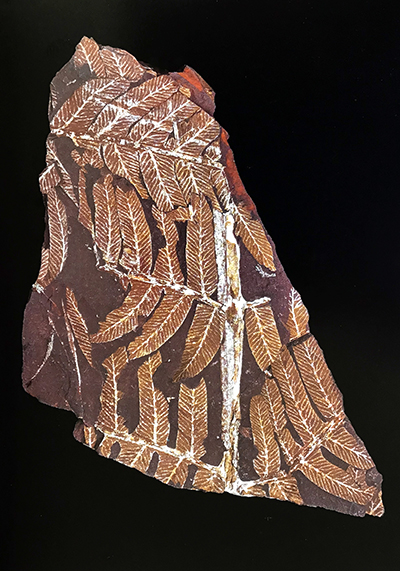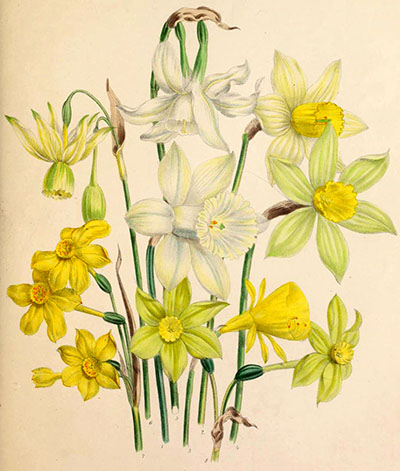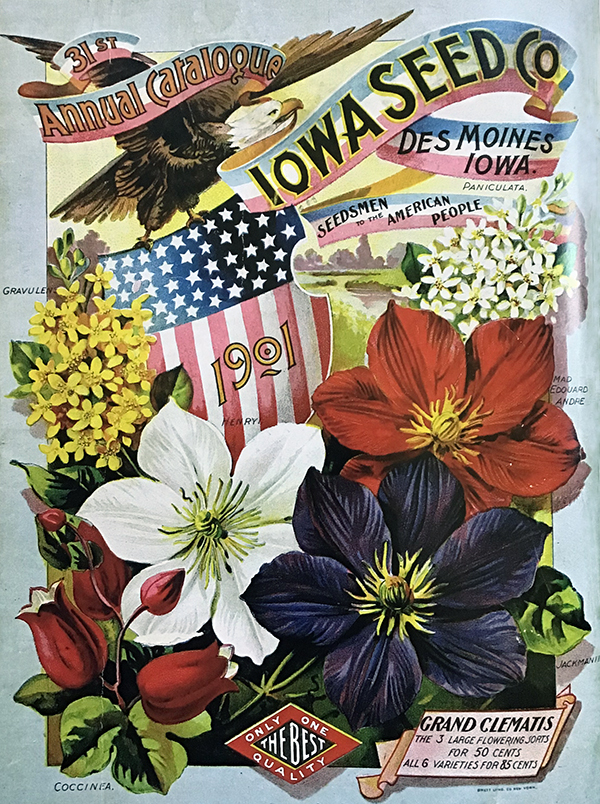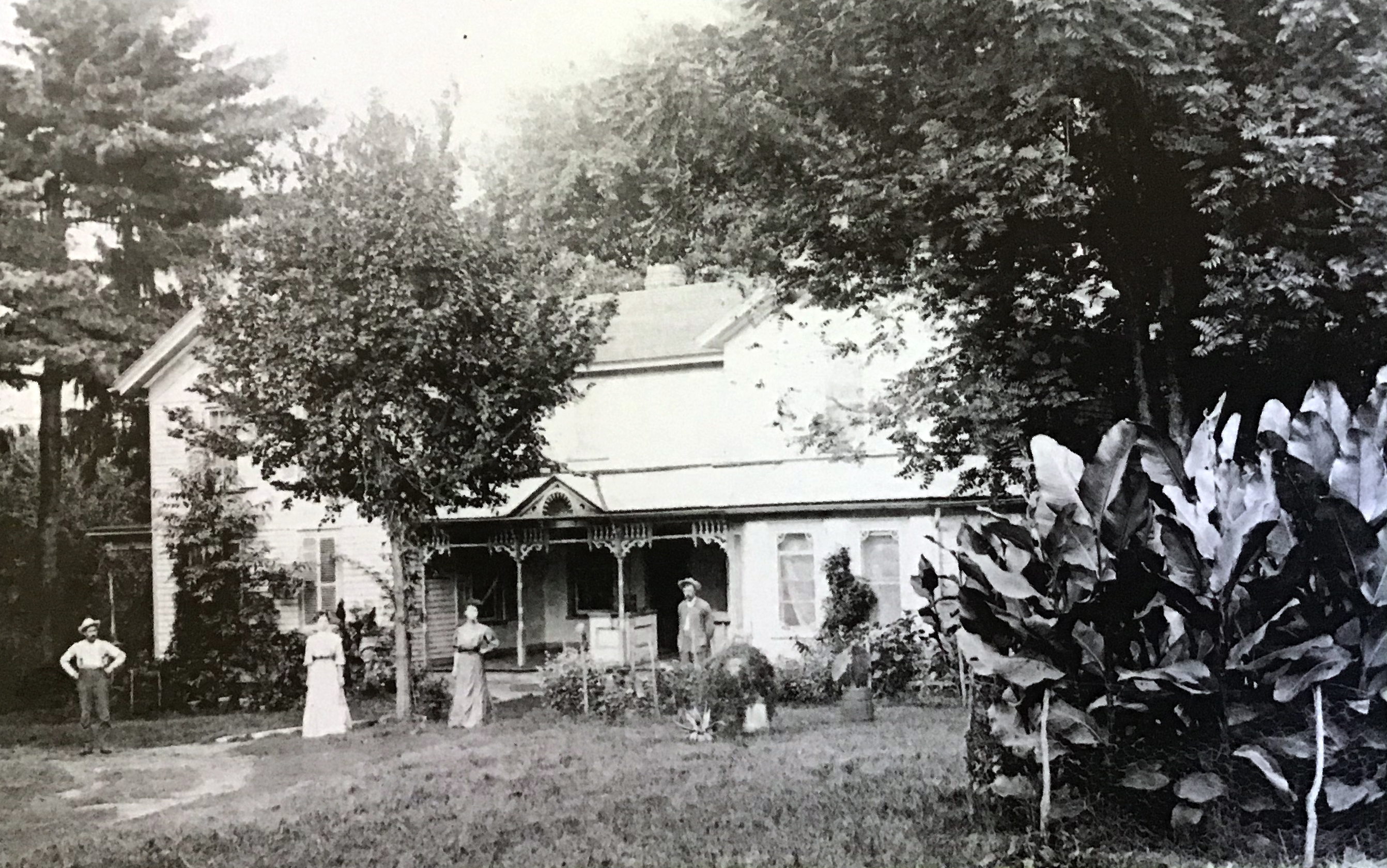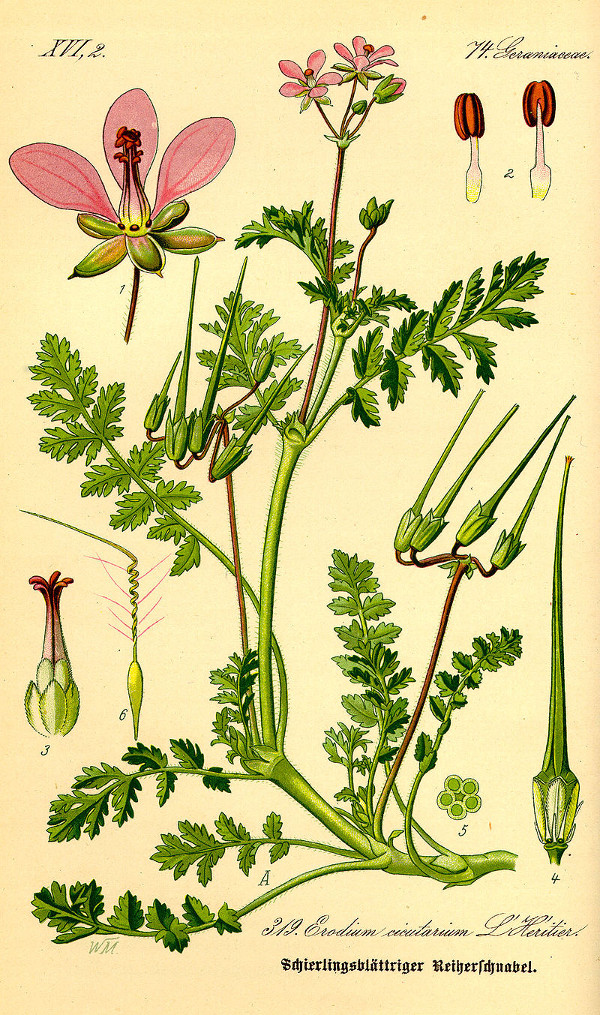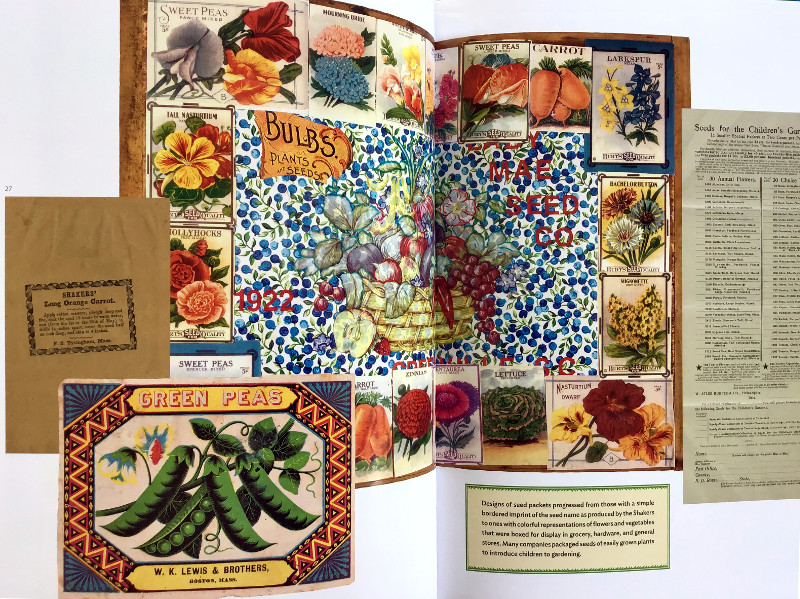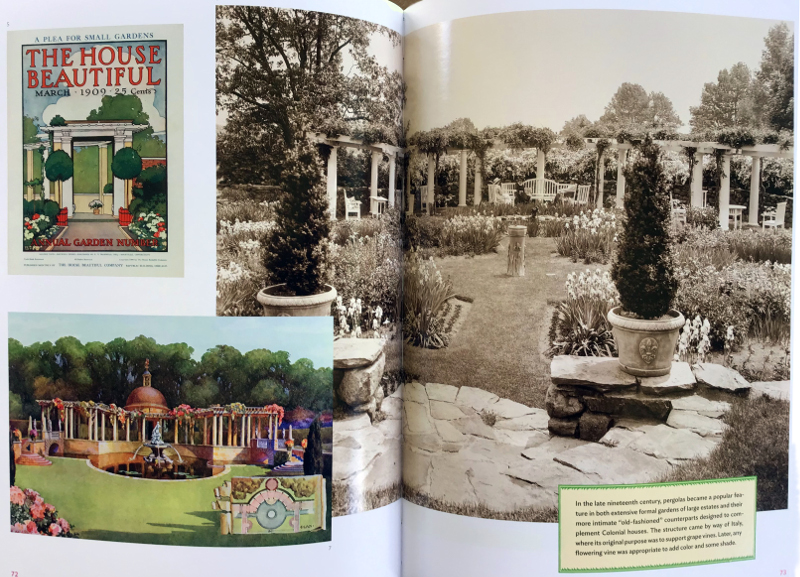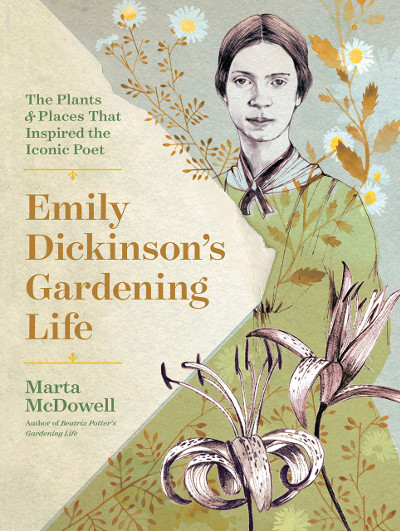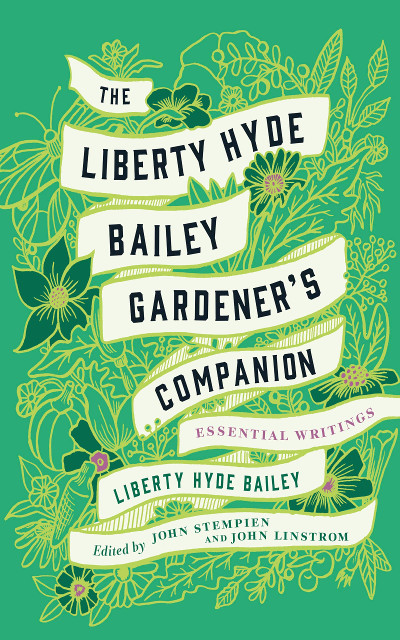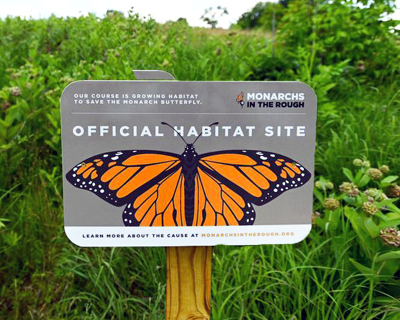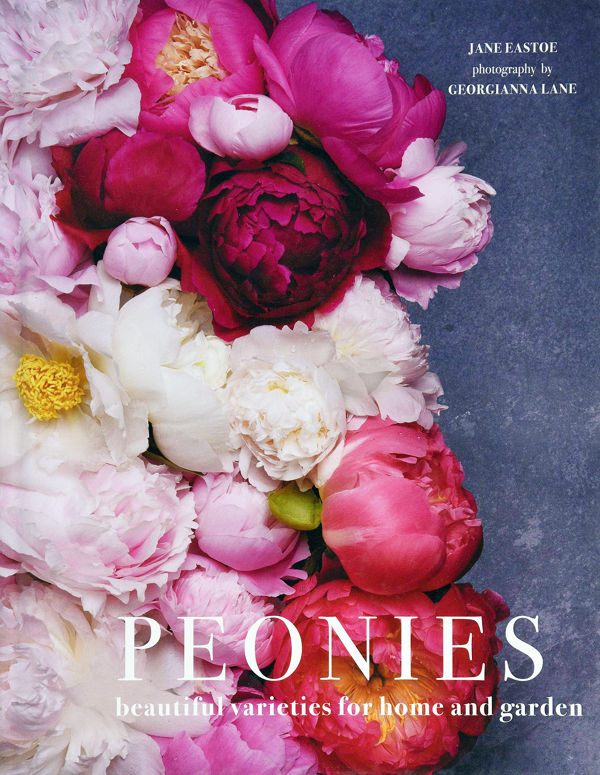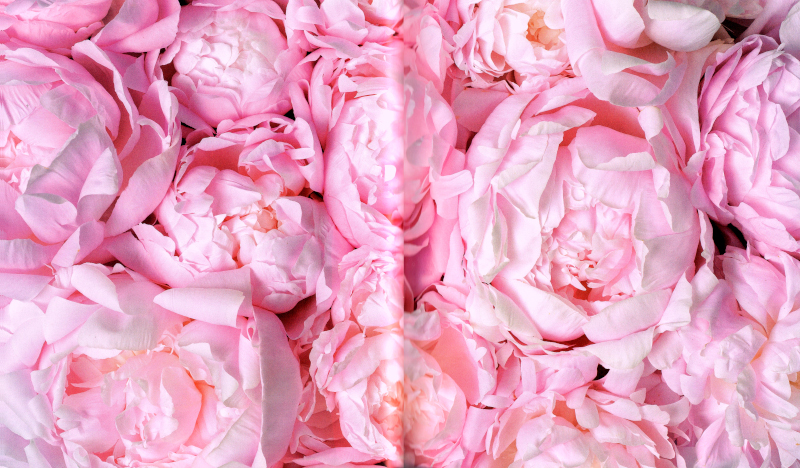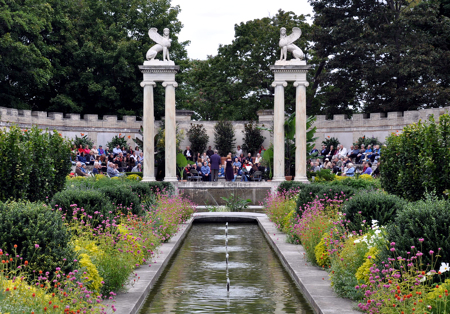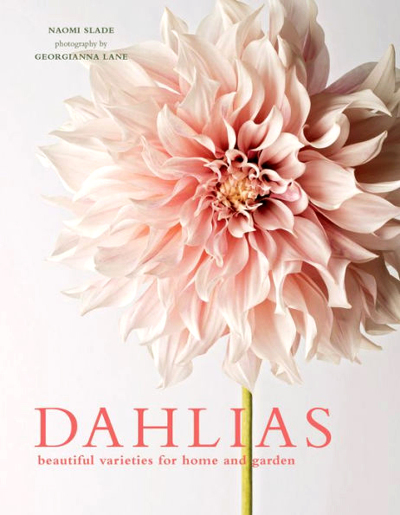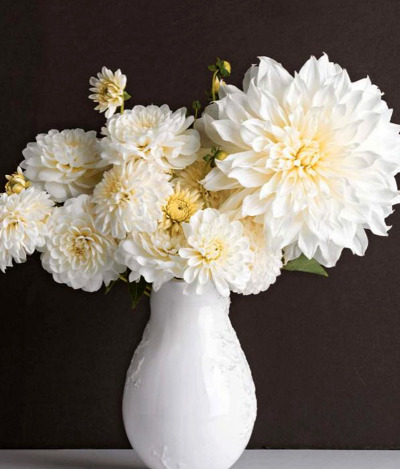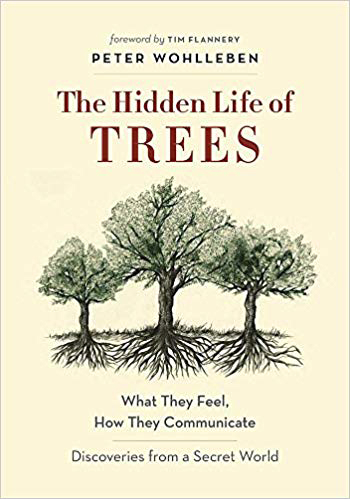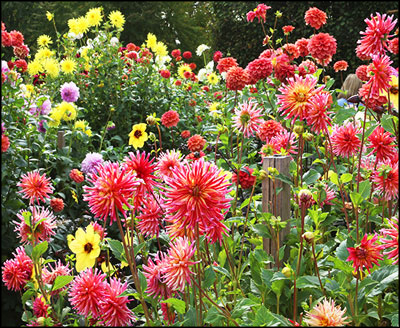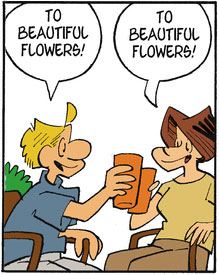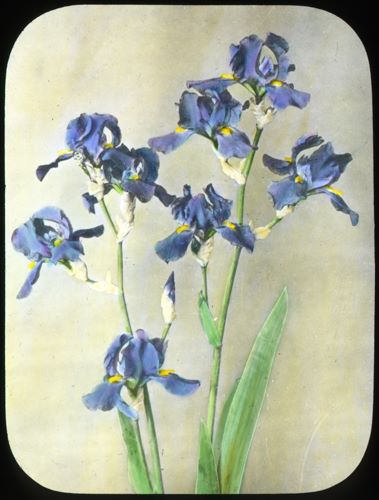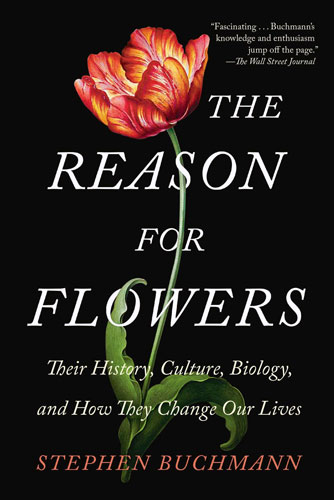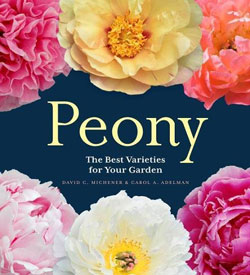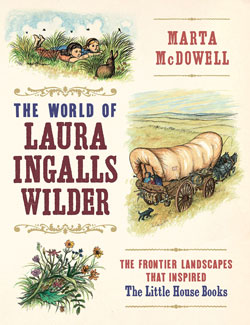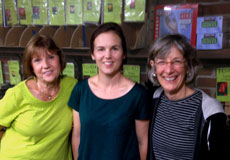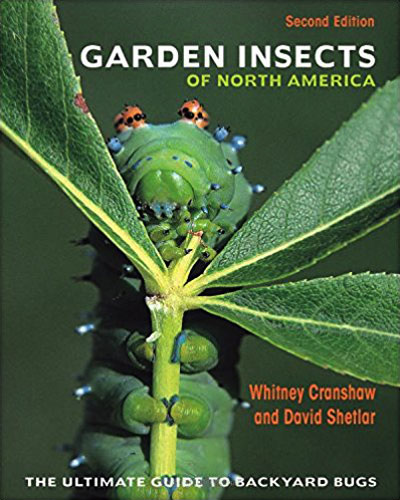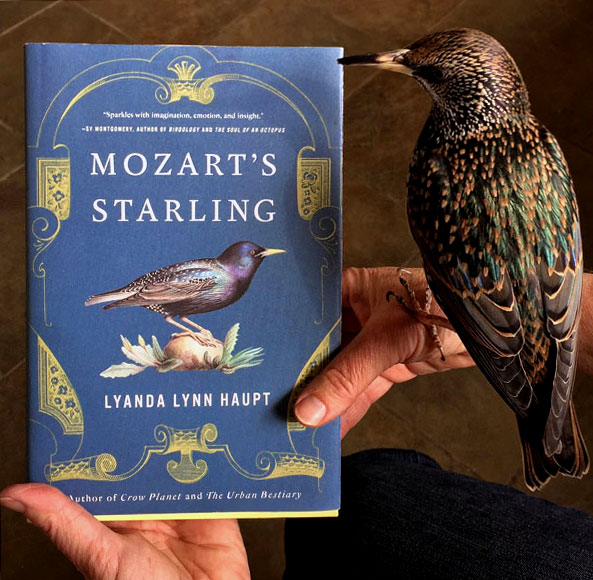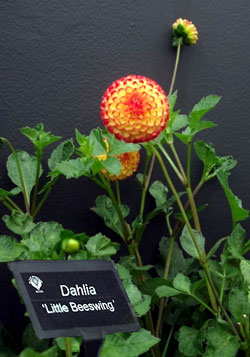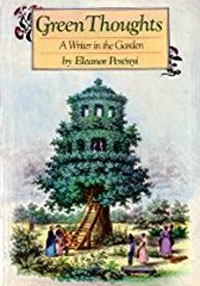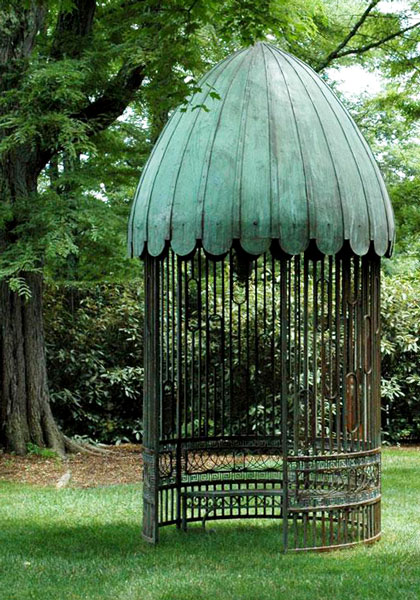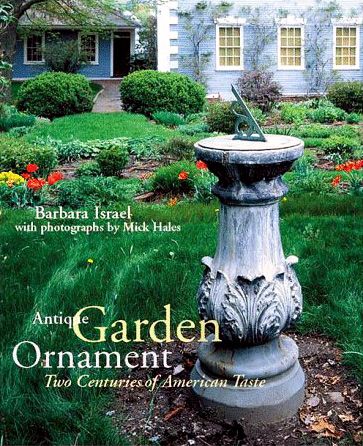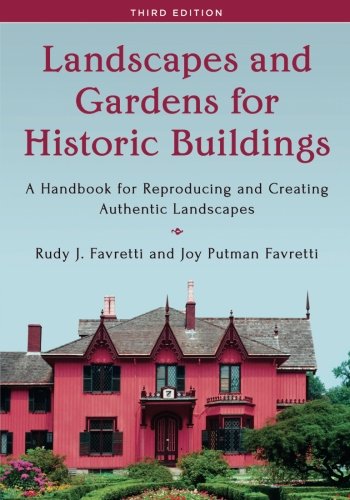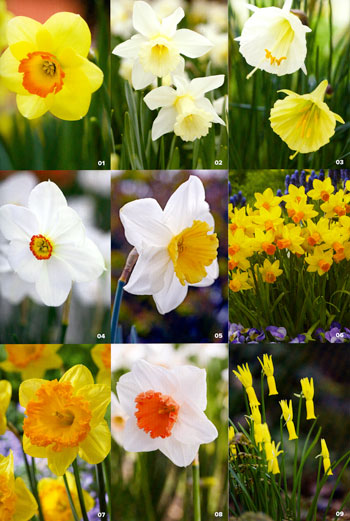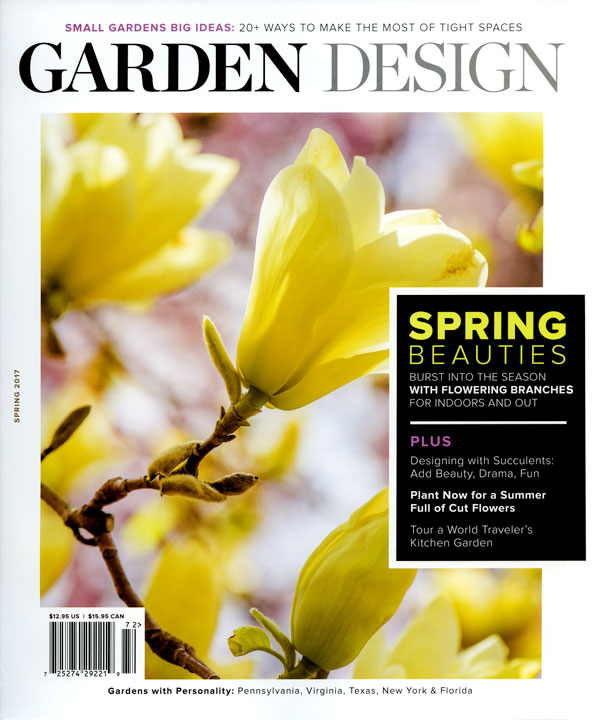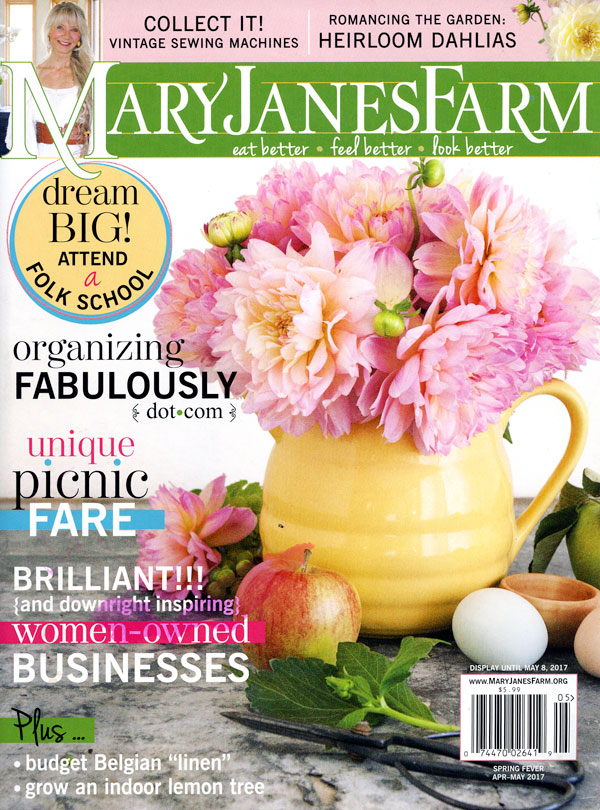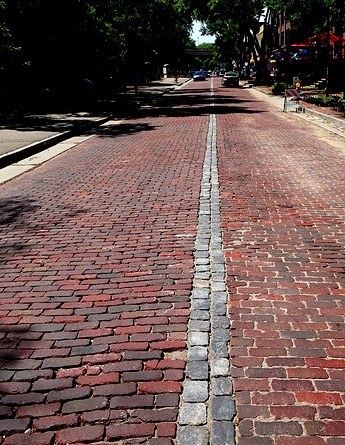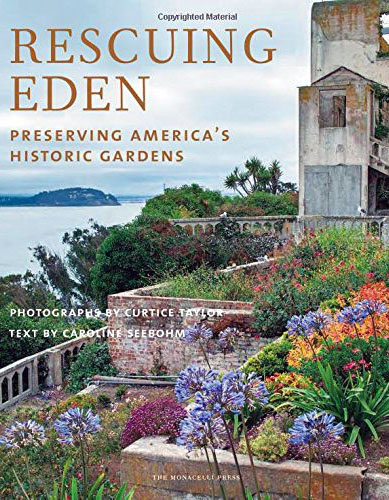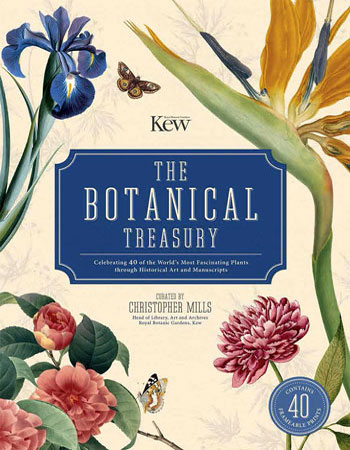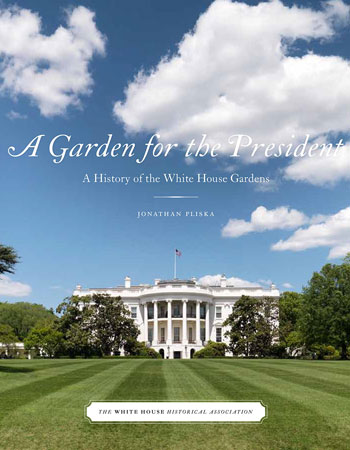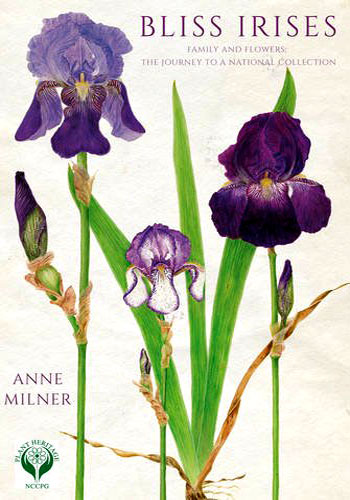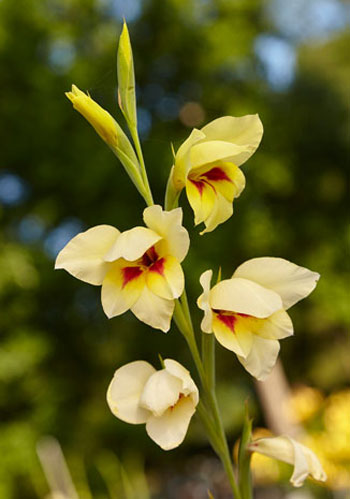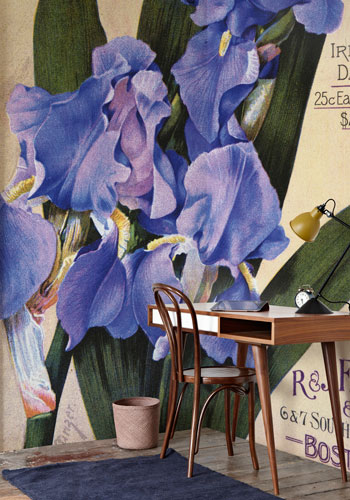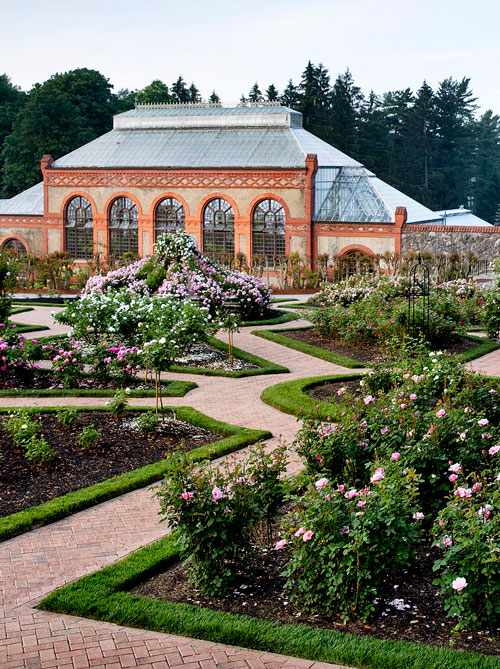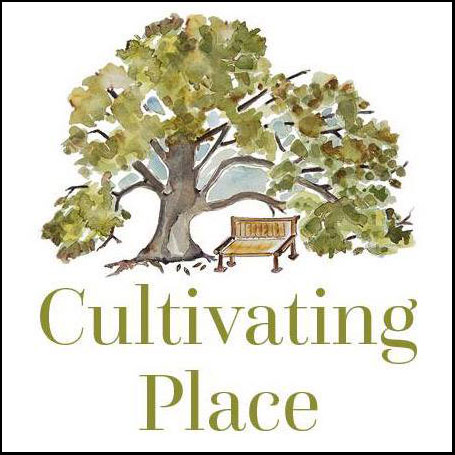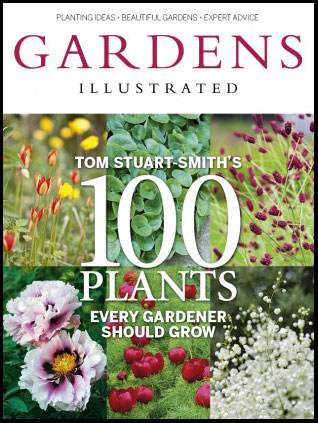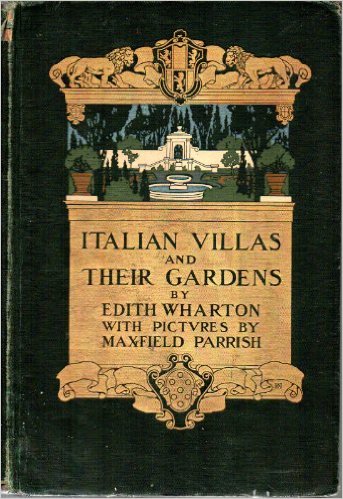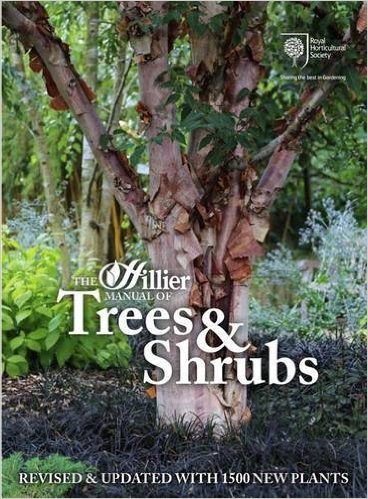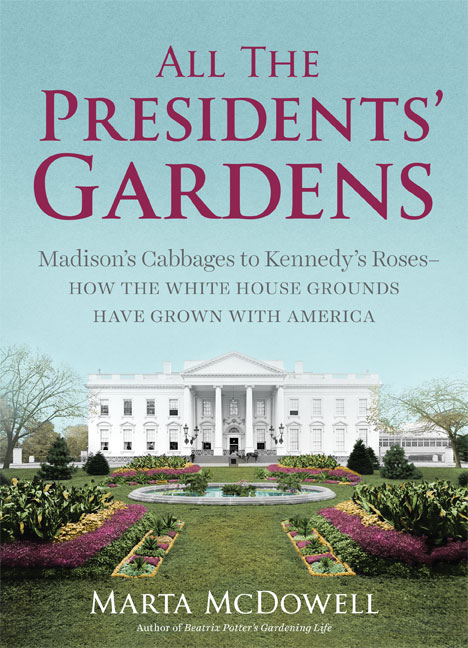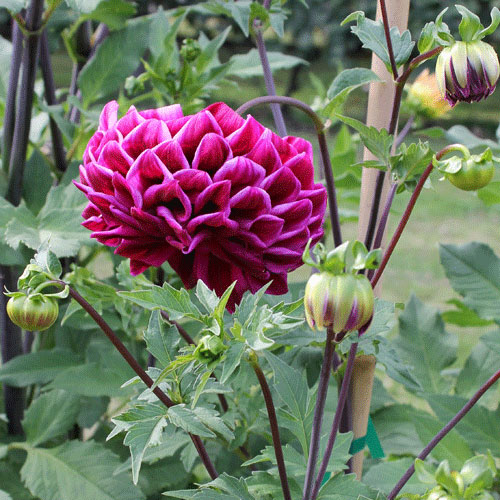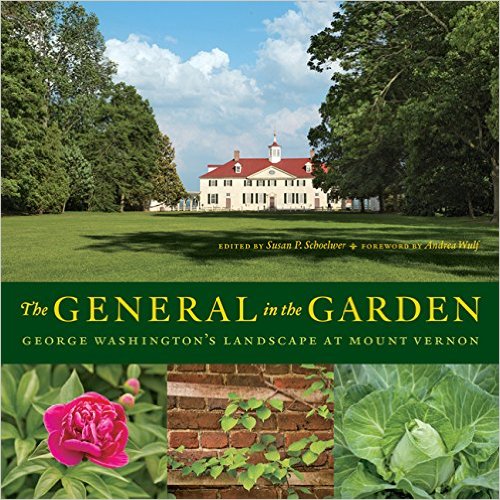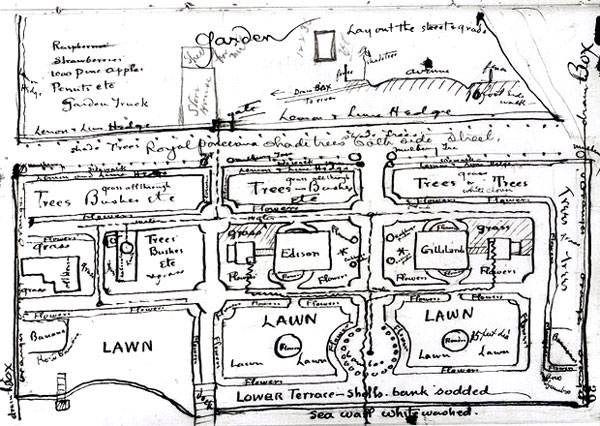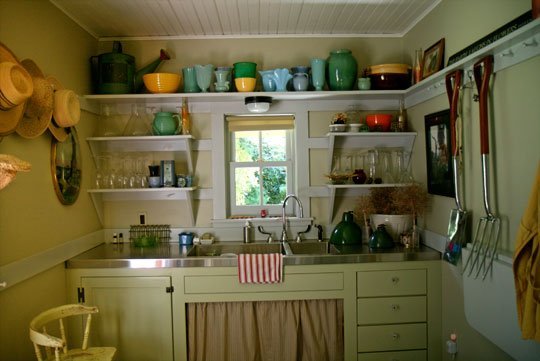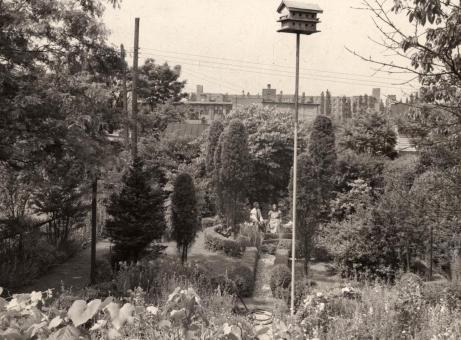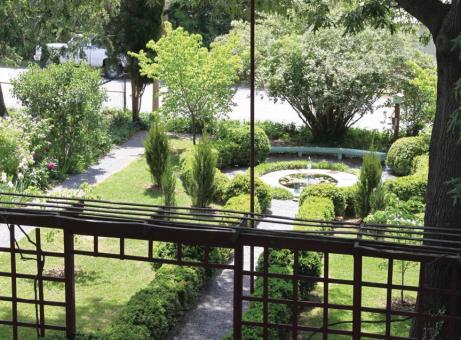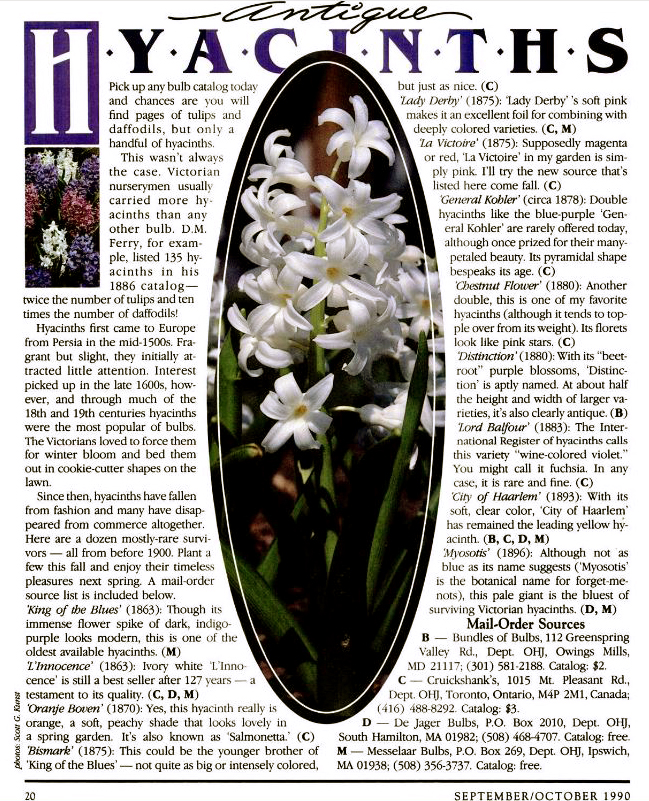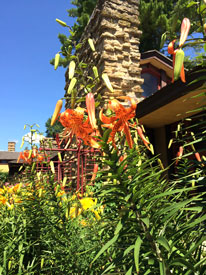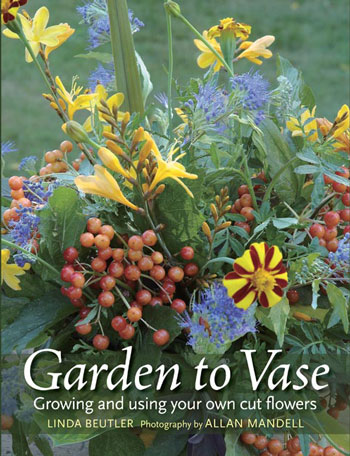Winter is for reading – especially for gardeners, I’d say, and especially this winter.
So here’s a landmark book about iris history and six other wonderful books we reviewed earlier this year. Click on the links to read more about them, and happy giving ... or getting!
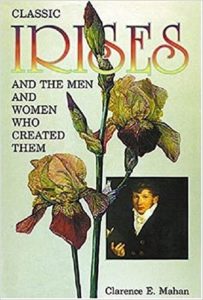
|
Classic Irises and the Men and Women Who Created Them – “This exhaustively researched history tells the fascinating stories of the people who developed the great irises of the 19th and early 20th centuries,” we wrote shortly after it was published in 2006, adding that “it’s not light reading, but it is superb.” HIPS recently bought the entire remaining stock of this book from the publisher and they’re selling them now at a price well below what you’d pay at Amazon. |
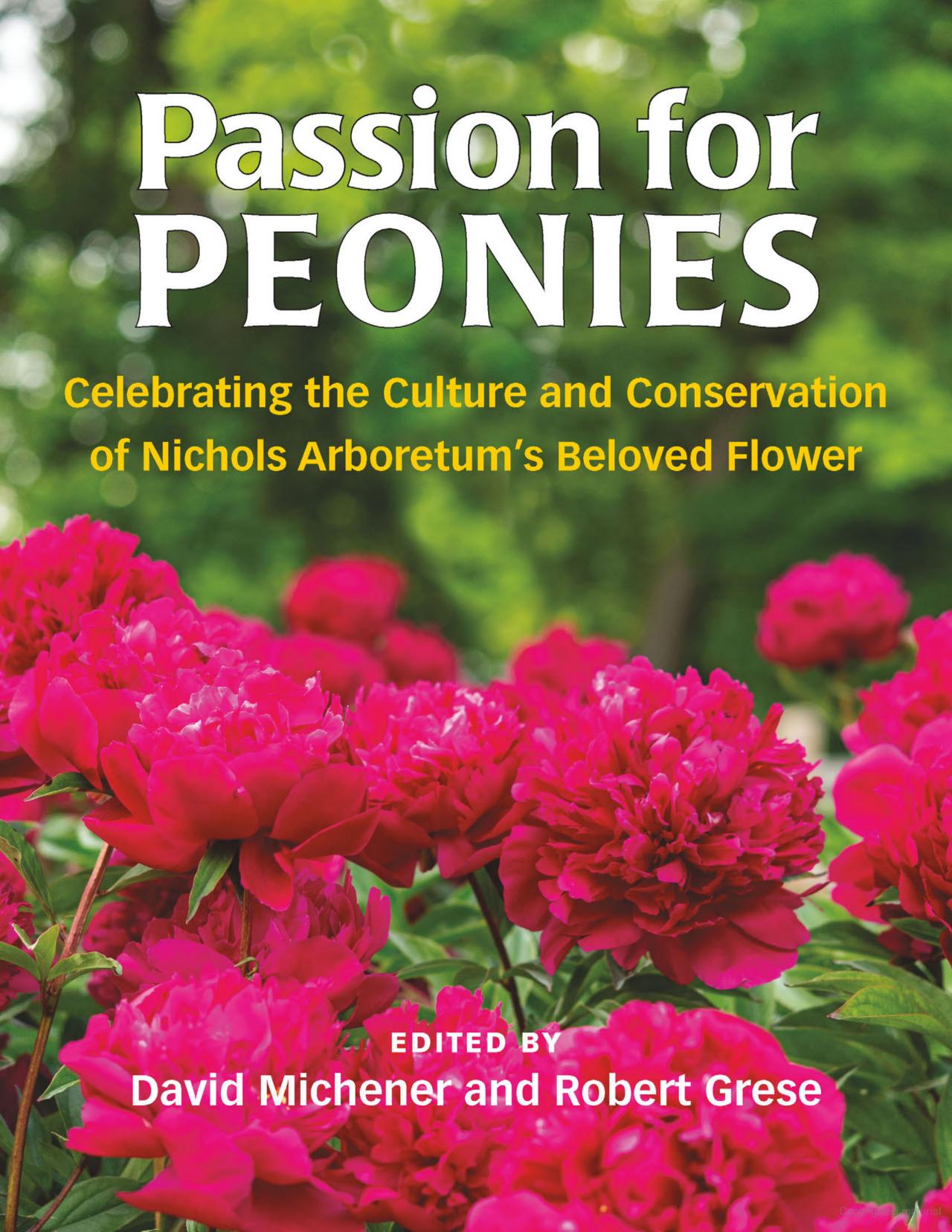
|
Passion for Peonies – Published to celebrate the University of Michigan’s world-class garden of historic peonies, this book ranges widely to paint “a complex portrait of peonies that includes past and present, art and science, Asia, the Midwest, hybridizers, public gardens, fragrance, conservation, and more. A rich array of historic and modern illustrations adds to its considerable appeal.” |
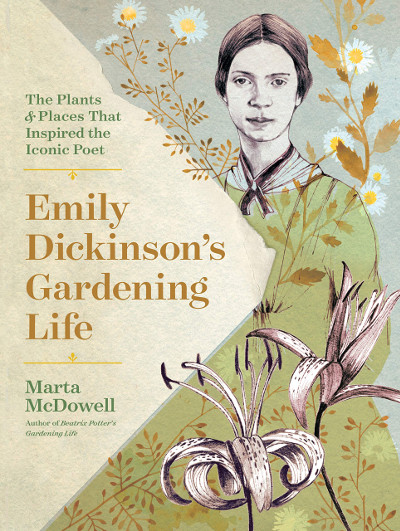
|
Emily Dickinson’s Gardening Life – “Despite living most of her life in self-imposed lockdown, Emily Dickinson still created extraordinary poetry. In this revised, expanded, and much more richly illustrated version of her 2004 Emily Dickinson’s Gardens, Marta McDowell traces the poet’s life in tandem with a year in her garden, from the first signs of spring to the hyacinths she loved forcing into winter bloom.” |
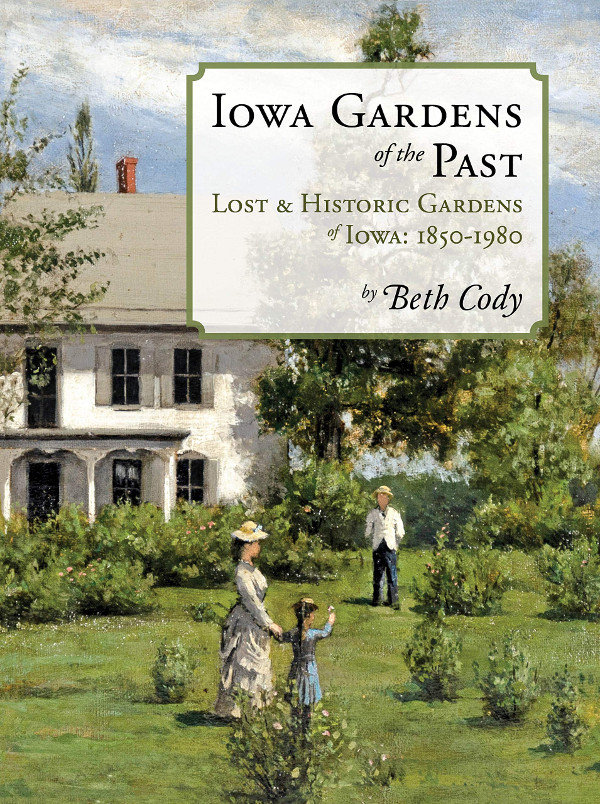
|
Iowa Gardens of the Past – “This is a beautiful book, and fascinating – even if you don’t live in Iowa. Hundreds of antique images fill its 320 pages” and the text offers a wealth of information. ‘Iowa is always completely absent from landscape history books,’ the author writes, as if ‘Iowans have no history of gardening for beauty.’” Happily, “with this dazzling book she has set the record straight.” |
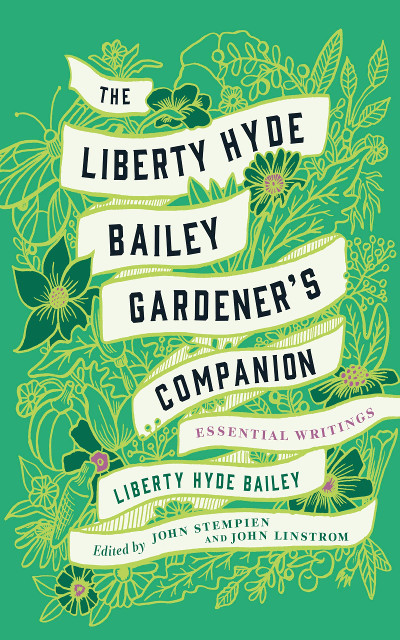
|
The Liberty Hyde Bailey Gardener’s Companion – In her review in The American Gardener, Nancy Rose explains that Bailey was a “botanist, professor, gardener, and one of the leading forces” in horticulture from the late 1800s to the 1940s. From his 70 books and 1300 articles, this book brings together “some of Bailey’s most accessible and inspirational pieces.” It’s “eminently readable, and the topics are timeless,” Rose says – and I definitely agree. |
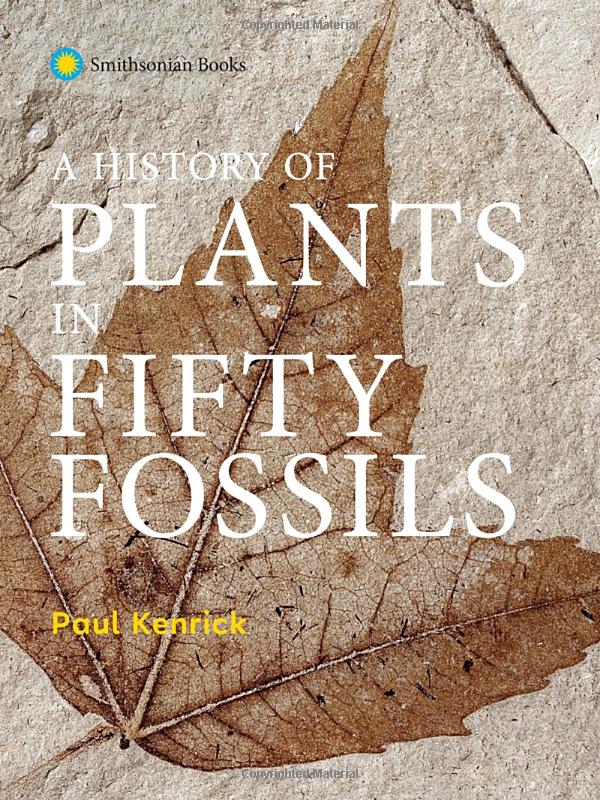
|
A History of Plants in 50 Fossils – “If you think fossils are just dusty and dull, be prepared to have your eyes opened. The fossils in this book, each pictured in a dramatic full-page photo, are subtle, but they’re often strikingly beautiful…. The text is eye-opening, too, … full of a dizzying array of information which left me muttering ‘Oh wow!’ and ‘Amazing!’” – and gave me “a much greater appreciation not only of plants but of life on earth.” |
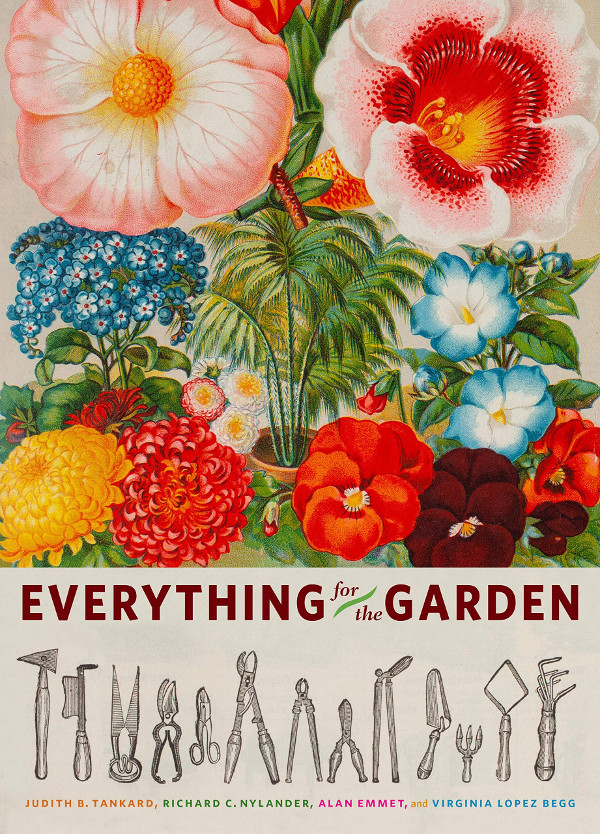
|
Everything for the Garden – This “picture book for adults who like gardens and history” includes a few short essays but most of its pages “are packed with a dizzying abundance of glorious, full-color, antique images drawn from … the collections of Historic New England.” Its five chapters are devoted to books and magazines, structures and furnishings, historic gardens, “Social Revolution and the Garden Club,” and – our favorite – catalogs. |







